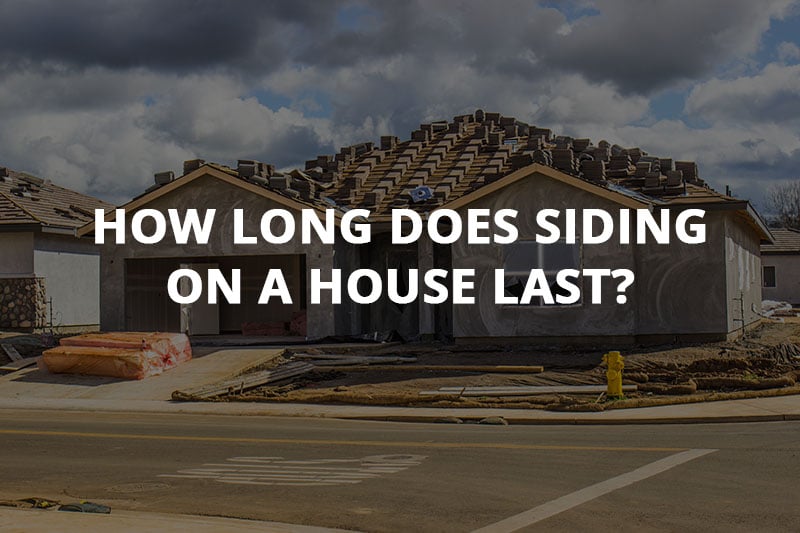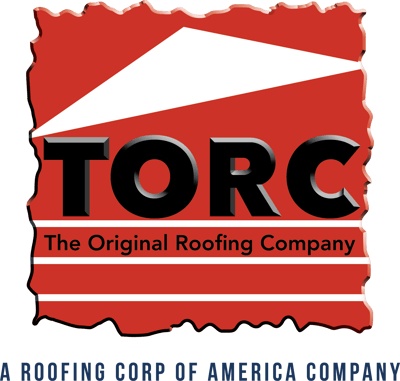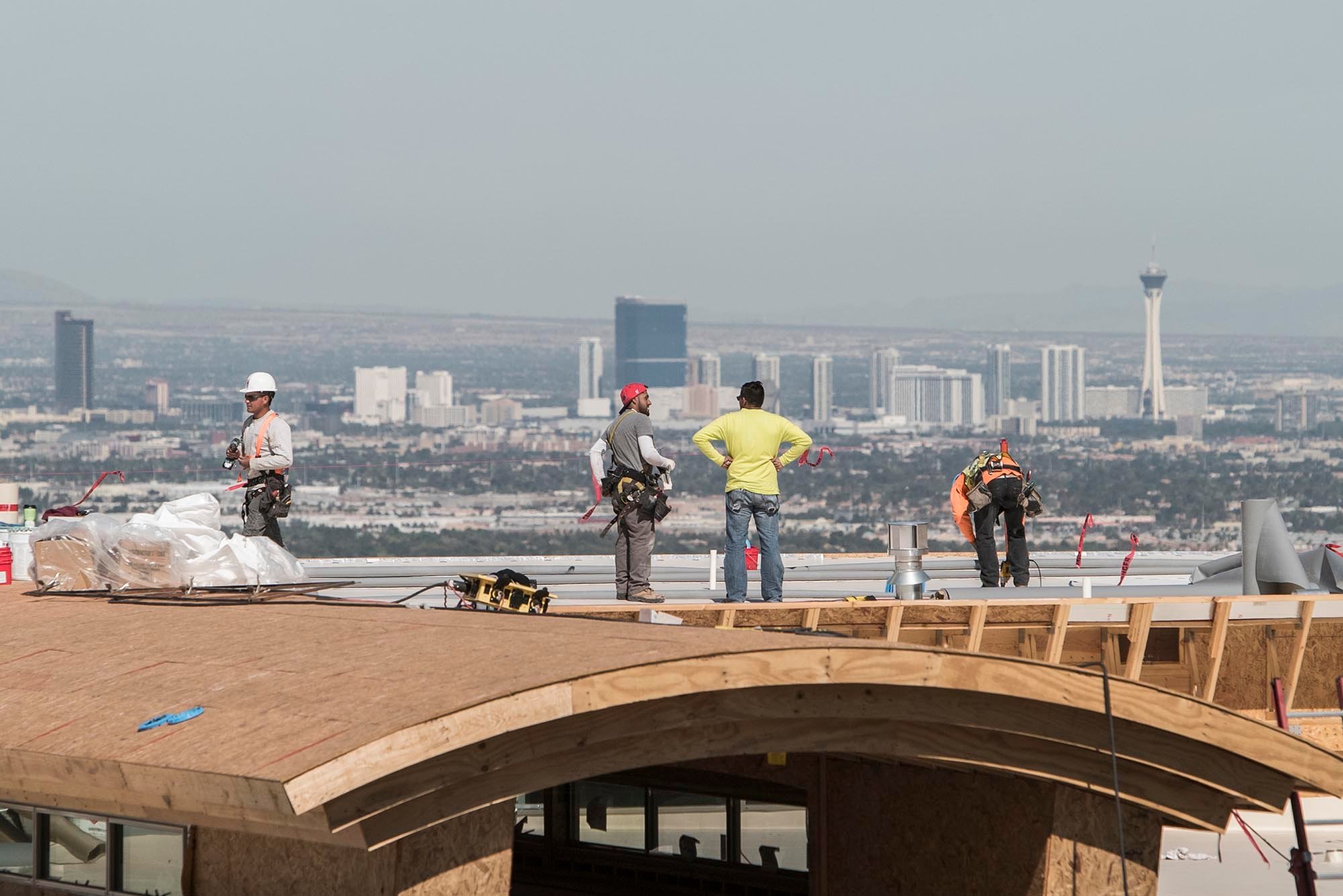
Choosing the right siding material for your home is no easy task. This is a big initial financial commitment that includes the potential for many more maintenance and upkeep costs down the line. There are several options to choose from when it comes to siding materials, each with its own advantages and disadvantages.
One major factor most homeowners consider when they’re making a siding decision is how long it will last. This article will help you decide which type of siding is the right choice for your budget and location.
Thinking about installing new siding on your home?
How Long Does Siding on a House Last?
The lifespan of your house’s siding will depend on the type of material you use and where you live. No one siding choice is best for all homes. On average, wood siding can last ten years, while brick siding can last up to 100. Pests, rain, snow, wind, and extreme heat can all significantly shorten the lifespan of your siding.
Before you commit to any one kind of siding, keep reading to learn more about the pros and cons of various siding materials.
Vinyl
Homeowners love vinyl siding because it is affordable, durable, it requires little maintenance, and it will add value to your home. Unlike some other siding materials, you won’t need to paint vinyl to keep your house looking great. You can simply wash it off once a year. If your vinyl siding is damaged, that’s no problem. You can easily replace it.
Another benefit of choosing vinyl siding is the warranty. Expect to find warranties that range from 20 to 40 years. Some manufacturers even offer lifetime warranties. Even if you live in an area with windstorms, rain, and snow, you may not need to take advantage of that warranty because vinyl stands up to the elements.
Wood
Wood siding costs more than other types of siding, but many homeowners find it to be a beautiful and durable option. You’ll appreciate the variety of colors of woods and wood stains that are available. When possible, it is recommended that you choose lighter shades that will better withstand inclement weather. With proper maintenance, this type of siding can last up to 20 years.
Wood is a charming choice, but it’s not the best if you live in a cold weather climate, as the harsh elements can damage or destroy it. While it is possible to use wood siding where it snows, you’ll have to perform a lot more maintenance if you don’t want it to warp, including using water-resistant sealant.
Brick
Brick siding is durable and works in hot or cold climates, making this a favorite choice for homeowners across the country. You’ll love the insulation brick provides, along with its ability to withstand high winds. Brick can last as long as 100 years, making this one siding material worth investing in.
It’s easy to see why this is a popular option among home builders. Brick is eco-friendly, non-combustible, and low-maintenance. Homes with brick siding can also sell for more than homes with vinyl siding. For a cozy look that doesn’t require regular repairs and replacement, consider using brick.
Aluminum
Aluminum is not affected by extreme cold, is recyclable, and is insect-proof. A home with certain types of aluminum siding may not need to be resided for up to 50 years. This material is an excellent choice in chilly environments, where you will appreciate its insulative properties.
While many builders no longer recommend using aluminum siding, if you live near saltwater, you may want to consider it. Unlike many other siding materials, aluminum can resist the corrosion that is caused by the salt content in the air.
Steel
Steel siding is chic, modern, and durable. Like aluminum siding, steel siding can also last as many as 50 years. This is the siding for you if you don’t want to worry about dealing with the warping, dents, and dings that can happen with other types of siding materials.
Steel siding may be incredibly tough, but one thing it isn’t is cheap. You can expect greater costs for materials and installation when you choose steel, but you can also expect it to add value to your home. This siding material is an excellent choice in virtually any region in the United States, except near saltwater, which can easily corrode it.
Fiber Cement
Homeowners love fiber cement because it gives the look of wood siding without the expensive maintenance. This is also a more affordable option than vinyl, and it’s one that will leave you not having to compromise aesthetics in the name of durability. If you care for it properly, fiber cement can last up to 50 years.
Fiber cement is made from cellulose, sand, and cement. It will stand up to rain, but it probably isn’t your first choice if you live in an area where it can be damaged due to winter freezes and snow. Painting and finishing fiber cement can extend its longevity.
Stucco
There’s a reason stucco is still as widely used today as it was in ancient Greece. It resists fire, fungus, rot, and insects, and it’s great in all climates. This siding material is clearly a case of “if it’s not broke, don’t fix it.” Stucco is an affordable choice that can be applied directly over your existing siding in most cases.
Stucco is an ideal material for customization; you can paint it, add color directly to the mix, apply finishes over it, apply it in different patterns, and even add decorative stones to it. With stucco siding, you are limited only by your imagination and, possibly, your homeowner’s association rules. Stucco will also last up to 50 years when property maintained.
How Can You Make Siding Last Longer?
Wondering what you can do to make your home’s siding last longer? These tips will help your siding to enjoy the longest lifespan, making the most of your investment.
- Do not go with the cheapest siding you can find – invest in quality materials
- Make sure it is installed correctly
- When possible, keep siding away from the ground
- Keep your siding clean
- Make sure there is adequate drainage
- Protect wood, aluminum, and stucco siding with an occasional coat of paint
- Maintain your gutters and downspouts
- Treat wood siding with sealants to protect it from water and other elements
- Patch any holes in your stucco immediately
Related: What Is the Best Siding for a House?
A professional siding installer can give you more specifics about the particulars of any siding materials you are considering using in your area. Whether you are choosing siding for new construction or you are replacing the existing siding on your home, being educated about your options is the best way to make the right choice for your situation.





